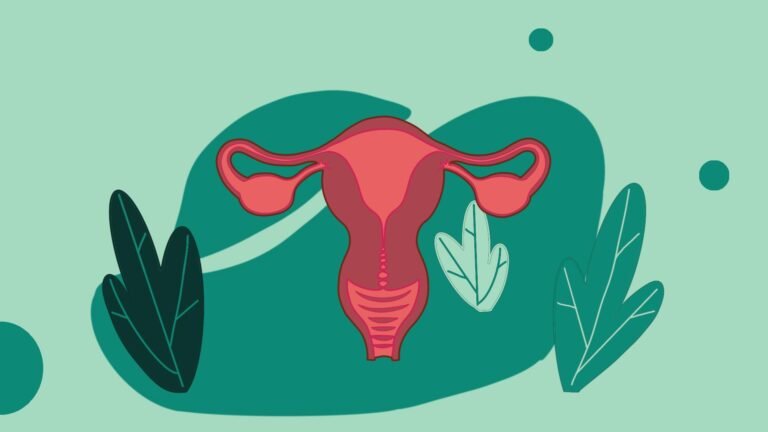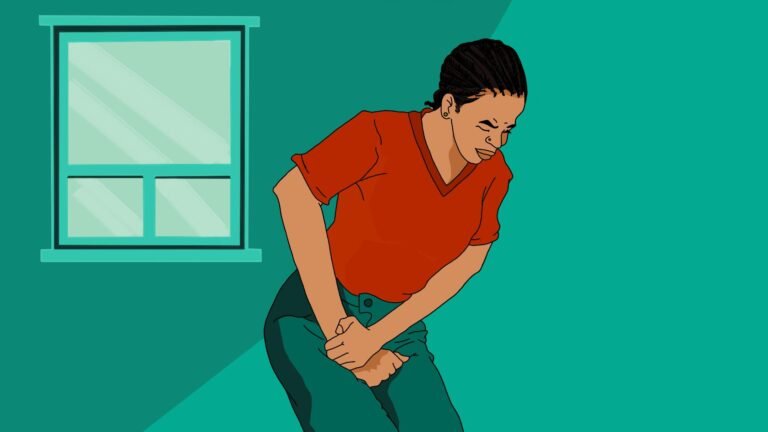
Birth Defects
What is a birth defect?
A birth defect is a complication that arises during the prenatal development of a baby in the womb. These defects can range from minor to severe, impacting aspects such as appearance, organ function, and both physical and mental development. Many birth defects manifest within the initial three months of pregnancy, a crucial period when organ formation takes place. While certain birth defects pose no significant harm, others necessitate prolonged medical intervention and care.
What causes birth defects?
Birth defects can stem from various factors, including:
- Genetics: Genetic abnormalities may be inherited from the mother or father, arising when a gene undergoes mutation or alteration. This can result in a missing gene or a defective part. These defects occur at conception and are often beyond preventive measures. Additionally, a specific defect may have a familial presence in the family history of one or both parents.
- Lifestyle Choices and Behaviors
- Exposure to Certain Medications and Chemicals
- Infections during Pregnancy
- A combination of these factors
However, the precise causes of certain birth defects are frequently unknown.
What are the risk factors for birth defects?
Every pregnant woman faces some level of risk in delivering a child with a birth defect. This risk becomes elevated under the following circumstances:
- Family History: Having a family history of birth defects or other genetic disorders.
- Substance Use: Engaging in drug use, alcohol consumption, or smoking during pregnancy.
- Maternal Age: Being 35 years or older during pregnancy.
- Prenatal Care: Insufficient prenatal care.
- Infections: Having untreated viral or bacterial infections, including sexually transmitted infections.
- High-Risk Medications: Using certain high-risk medications, such as isotretinoin and lithium.
Additionally, women with pre-existing medical conditions, like diabetes, face an increased likelihood of giving birth to a child with a birth defect.
What are some common birth defects?
Birth defects are generally categorized into two types: structural and functional/developmental. Structural defects involve the absence or malformation of a specific body part. Common examples include heart defects, cleft lip or palate (an opening or split in the lip or roof of the mouth), spina bifida (improper development of the spinal cord), and clubfoot (inward pointing of the foot instead of forward).
On the other hand, functional or developmental birth defects result in the improper functioning of a body part or system, often leading to intellectual or developmental disabilities. These defects encompass metabolic issues, sensory problems, and nervous system complications, with metabolic defects affecting the baby’s body chemistry.
Prominent examples of functional or developmental birth defects include Down syndrome (causing delays in physical and mental development), sickle cell disease (misshapen red blood cells), and cystic fibrosis (damaging the lungs and digestive system). While some children may exhibit physical problems associated with specific birth defects, many show no visible abnormalities. Detection of defects can sometimes be delayed, remaining unnoticed for months or even years after the child’s birth.
How are birth defects diagnosed?
Numerous types of birth defects can be identified during pregnancy through various diagnostic methods. Healthcare professionals utilize prenatal ultrasounds to detect specific birth defects in the developing fetus. More comprehensive screening options, such as blood tests and amniocentesis (sampling amniotic fluid), may be conducted. Typically, these tests are offered to women with higher-risk pregnancies due to factors like family history, advanced maternal age, or other known risk factors. Prenatal tests serve to determine if the mother has any infections or conditions harmful to the baby. Following birth, a physical examination and hearing test can aid doctors in diagnosing birth defects.
Shortly after birth, a blood test known as the newborn screen enables doctors to diagnose certain birth defects before symptoms manifest. It is essential to note that prenatal screening does not always identify defects when present and may also yield false positives. Nevertheless, most birth defects can be conclusively diagnosed after birth.
How are birth defects treated?
The choice of treatment depends on the specific condition and its severity, with some birth defects amendable to correction either before or shortly after birth. Conversely, certain defects may have a lifelong impact on a child. While mild defects may cause stress, they typically do not significantly affect the overall quality of life. In contrast, severe birth defects, such as cerebral palsy or spina bifida, can lead to long-term disability or even mortality. It is crucial to consult with your doctor to determine the most appropriate treatment for your child’s specific condition.
Treatment Modalities:
- Medications: Some birth defects can be managed with medications, either to directly address the defect or reduce the risk of complications. In certain cases, medication may be prescribed to the mother to correct an abnormality before birth.
- Surgeries: Surgical interventions are effective in correcting specific defects or alleviating harmful symptoms. For instance, individuals with physical birth defects like cleft lip may undergo plastic surgery for health or cosmetic reasons. Babies with heart defects often require surgery as well.
- Home Care: Parents may receive specific instructions for home care, involving activities such as feeding, bathing, and monitoring infants with birth defects.
How can birth defects be prevented?
While many birth defects are unavoidable, there are measures to decrease the risk of having a baby with such conditions. Women planning pregnancy are advised to begin taking folic acid supplements before conception, continuing throughout pregnancy to help prevent spinal and brain defects. Prenatal vitamins are also recommended during pregnancy.
To reduce risks, women should refrain from alcohol, drugs, and tobacco use during and after pregnancy. Caution is urged when taking certain medications, as some, typically considered safe, can cause serious birth defects in pregnant women. It is essential to inform the doctor about all medications, including over-the-counter drugs and supplements. Most vaccines are generally safe during pregnancy, and some can even aid in preventing birth defects. However, caution is warranted with live-virus vaccines due to a theoretical risk to the developing fetus, making them unsuitable during pregnancy. Consult your doctor to determine necessary and safe vaccines.
Maintaining a healthy weight is crucial to minimize pregnancy complications. Women with pre-existing conditions, such as diabetes, should be diligent in managing their health. Regular prenatal appointments are of utmost importance. For pregnancies deemed high-risk, additional antenatal screening can be conducted by the doctor to identify potential defects.






